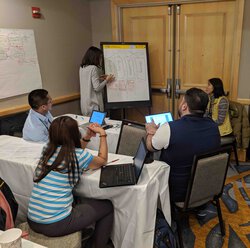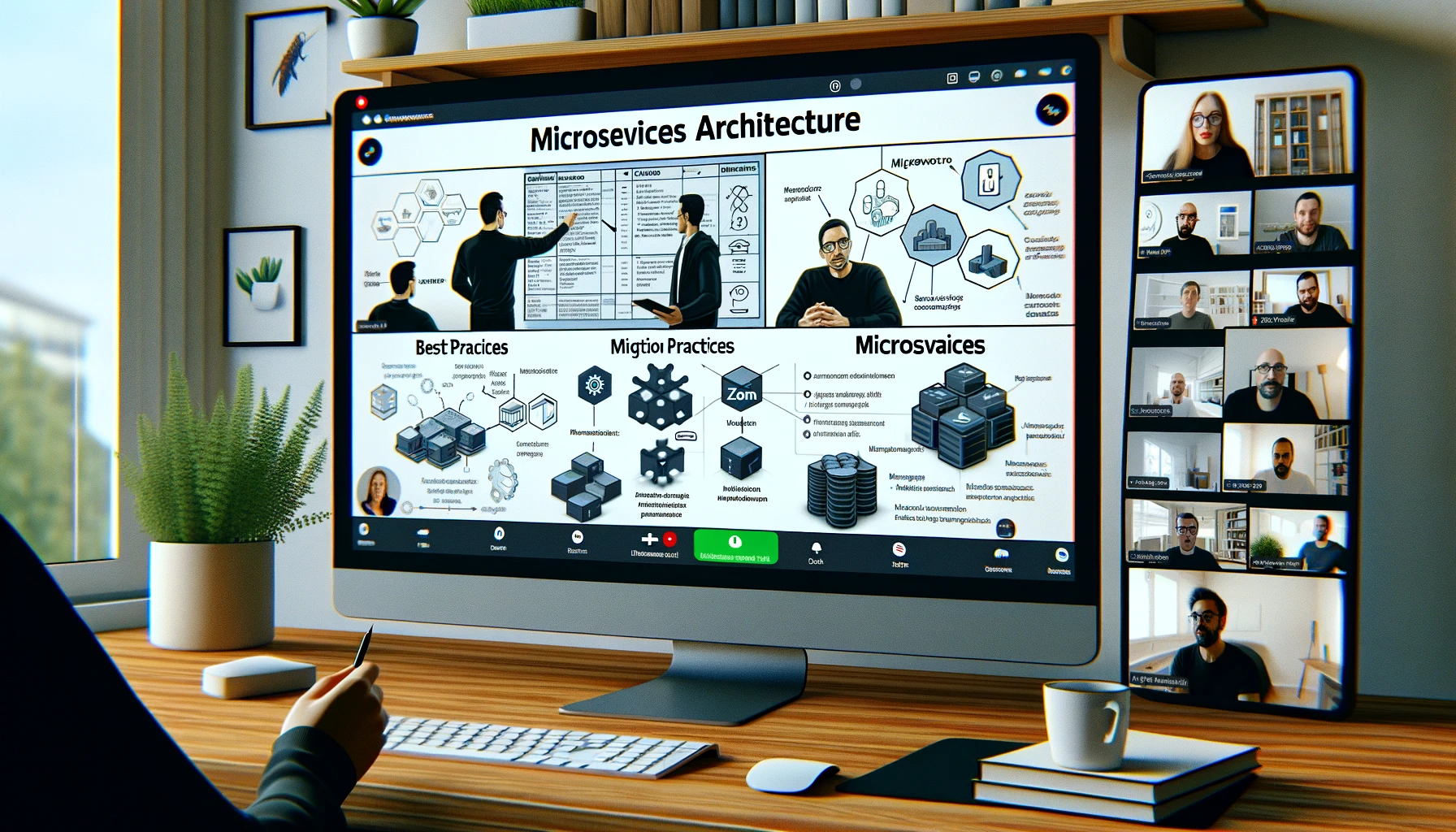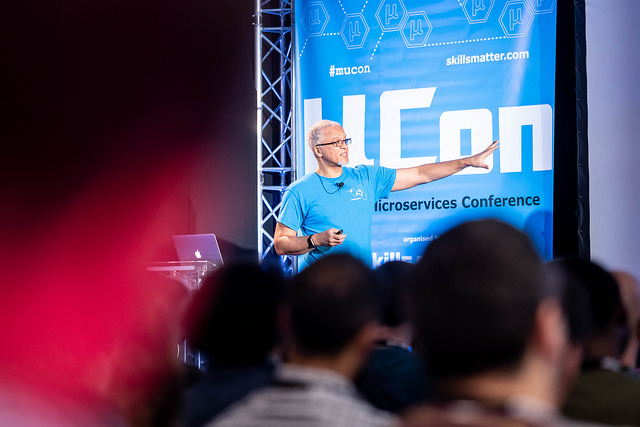Pattern: Remote Procedure Invocation (RPI)
pattern inter-service communication service api service designContext
You have applied the Microservice architecture pattern. Services must handle requests from the application’s clients. Furthermore, services must sometimes collaborate to handle those requests. They must use an inter-process communication protocol.
Forces
- Services often need to collaborate
- Synchronous communicate results in tight runtime coupling, both the client and service must be available for the duration of the request
Problem
How do services in a microservice architecture communicate?
Solution
Use RPI for inter-service communication. The client uses a request/reply-based protocol to make requests to a service.
Examples
There are numerous examples of RPI technologies
RegistrationServiceProxy from the Microservices Example application is an example of a component, which is written in Scala, that makes a REST request using the Spring Framework’s RestTemplate:
@Component
class RegistrationServiceProxy @Autowired()(restTemplate: RestTemplate) extends RegistrationService {
@Value("${user_registration_url}")
var userRegistrationUrl: String = _
@HystrixCommand(commandProperties=Array(new HystrixProperty(name="execution.isolation.thread.timeoutInMilliseconds", value="800")))
override def registerUser(emailAddress: String, password: String): Either[RegistrationError, String] = {
try {
val response = restTemplate.postForEntity(userRegistrationUrl,
RegistrationBackendRequest(emailAddress, password),
classOf[RegistrationBackendResponse])
response.getStatusCode match {
case HttpStatus.OK =>
Right(response.getBody.id)
}
} catch {
case e: HttpClientErrorException if e.getStatusCode == HttpStatus.CONFLICT =>
Left(DuplicateRegistrationError)
}
}
}
The value of user_registration_url is supplied using Externalized configuration.
Resulting context
This pattern has the following benefits:
- Simple and familiar
- Request/reply is easy
- Simpler system since there in no intermediate broker
This pattern has the following drawbacks:
- Usually only supports request/reply and not other interaction patterns such as notifications, request/async response, publish/subscribe, publish/async response
- Reduced availability since the client and the service must be available for the duration of the interaction
This pattern has the following issues:
- Client needs to discover locations of service instances
Related patterns
- The Domain-specific protocol is an alternative pattern
- The Messaging is an alternative pattern
- Externalized configuration supplies the (logical) network location, e.g. URL, of the service.
- A client must use either Client-side discovery and Server-side discovery to locate a service instance
- A client will typically use the Circuit Breaker pattern to improve reliability


 Premium content now available for paid subscribers at
Premium content now available for paid subscribers at 




